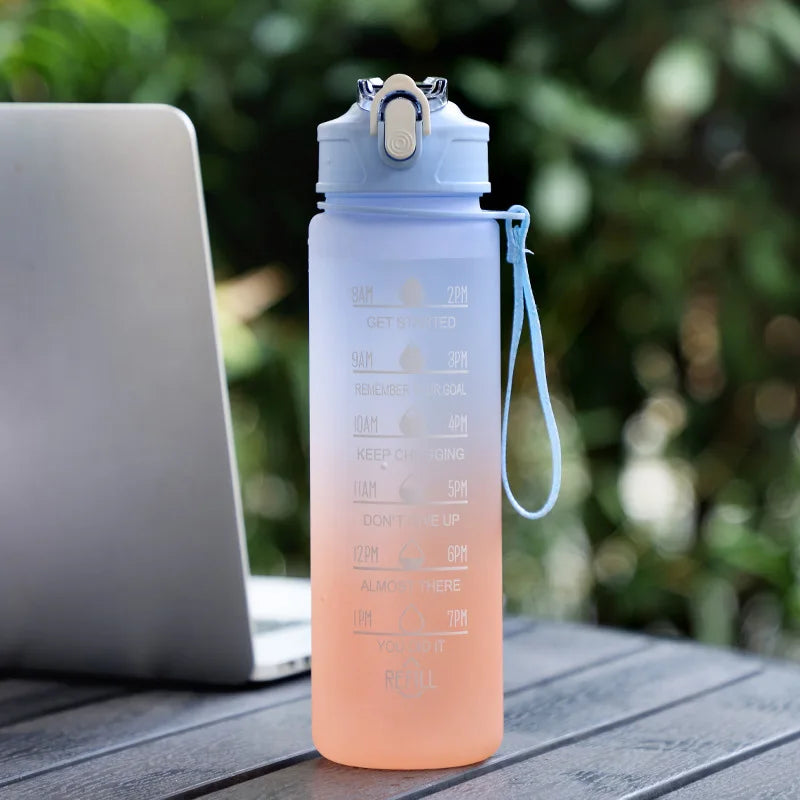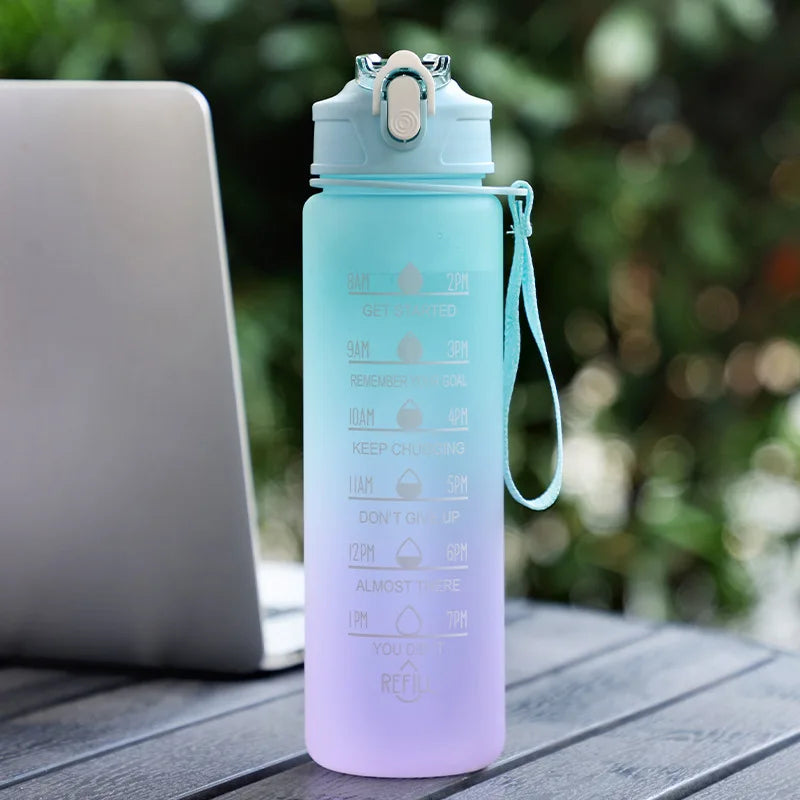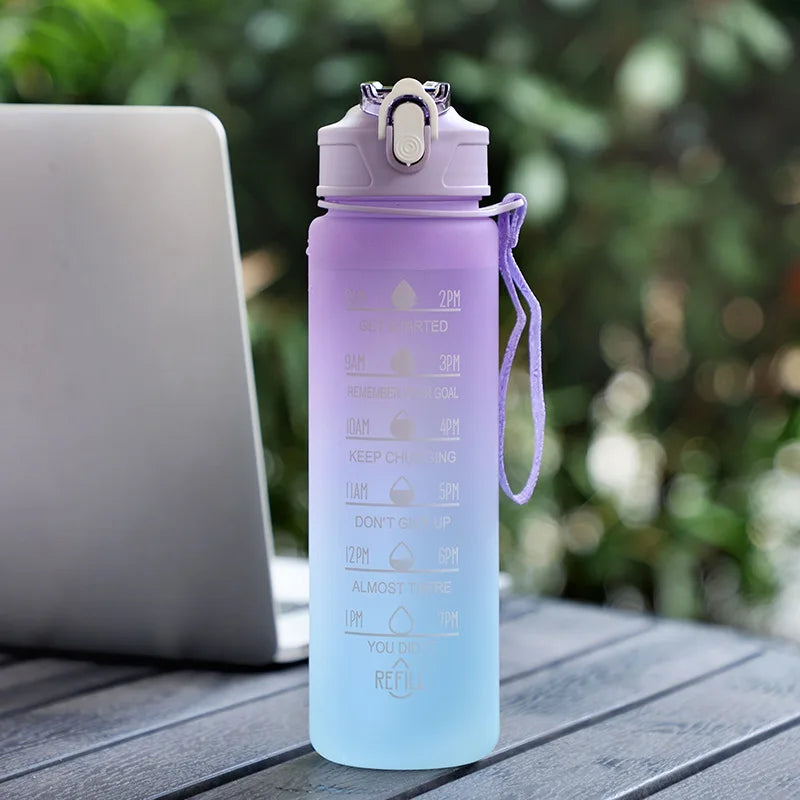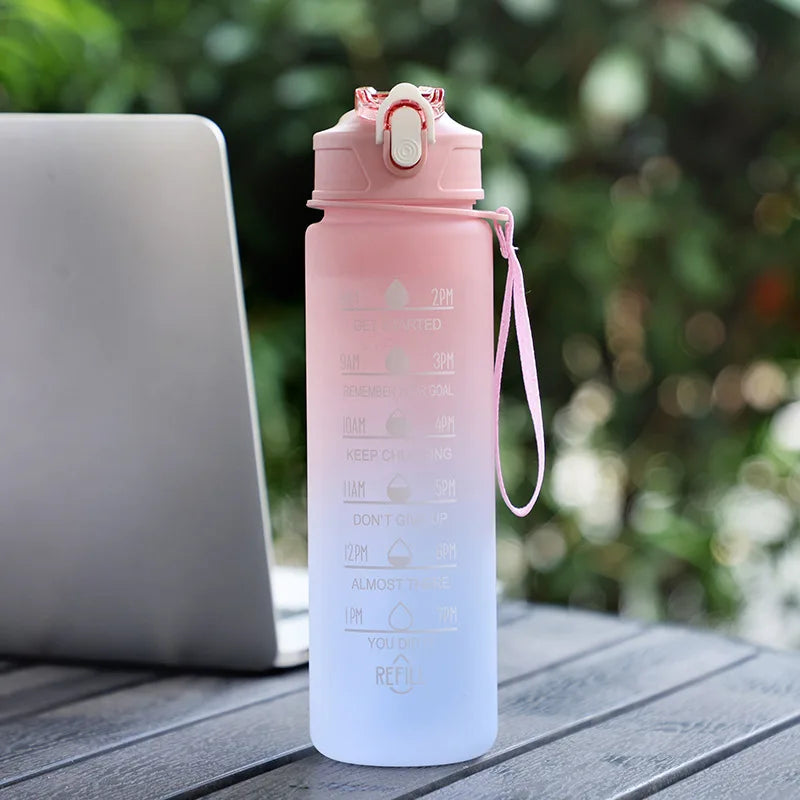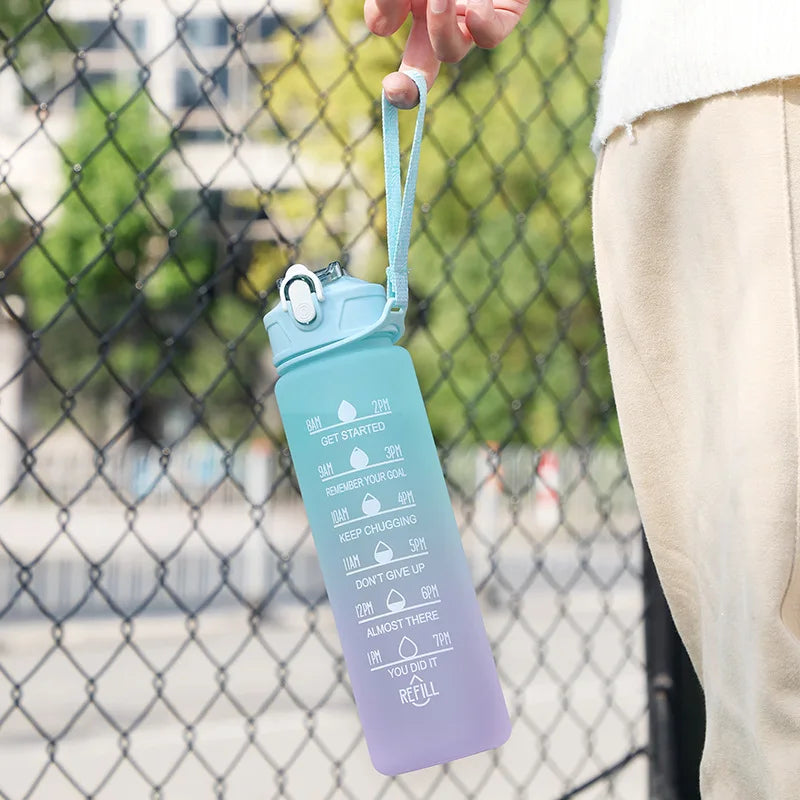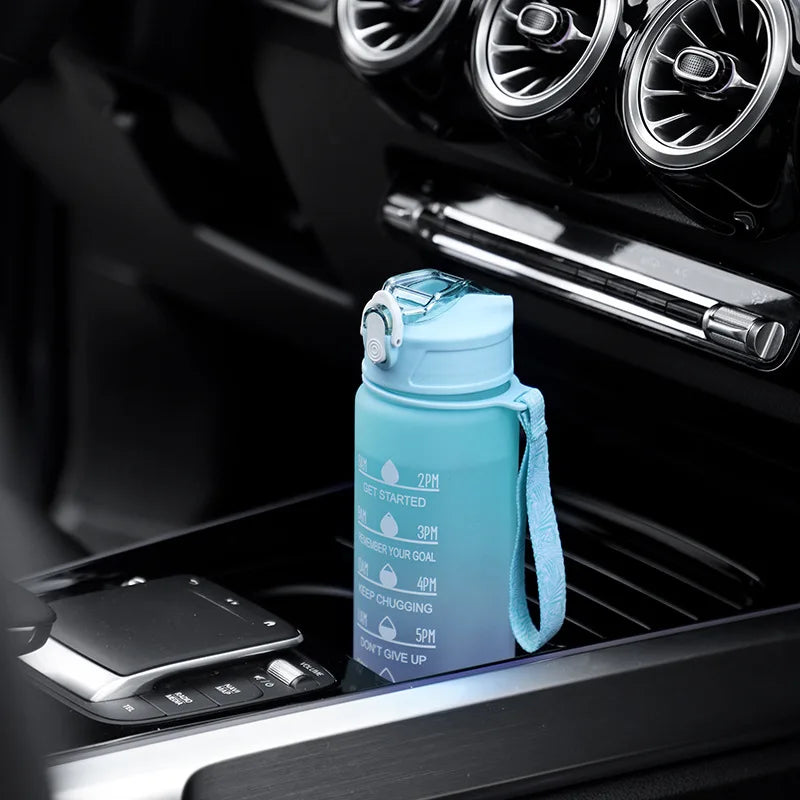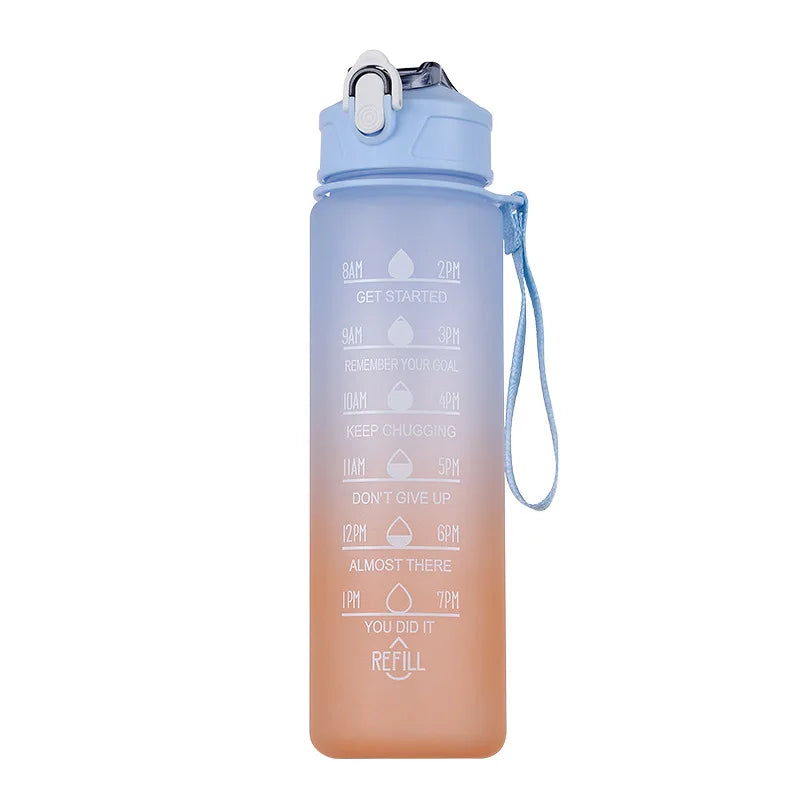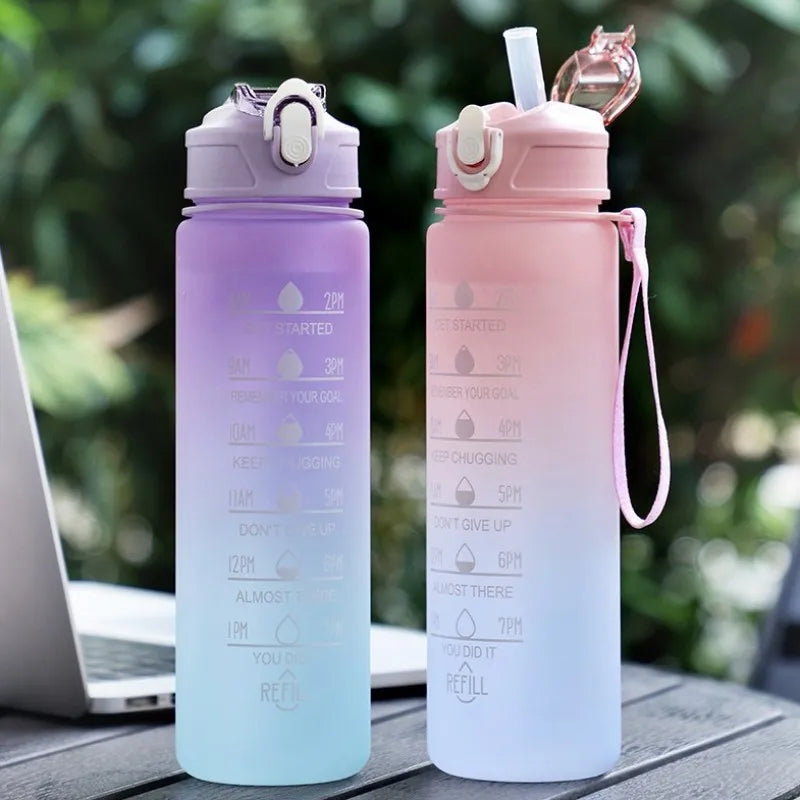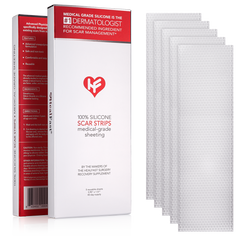How do Silicone Gel and Sheets help Flatten Hypertrophic Scars?

In an earlier blog “Exploring the Versatility of Silicone Gel for Different Scar Types,” we discussed a bit about hypertrophic scars, describing them as similar to keloids but limited to the original wound site.
While that article provided a broad overview of silicone gel’s benefits across different scar types, this post focuses specifically on hypertrophic scars. We’ll explore how both silicone gel and silicone scar sheets work to flatten and fade these raised scars, and how to use them effectively as part of your daily scar care routine.
What Are Hypertrophic Scars?
A hypertrophic scar develops when the skin heals from an injury by producing excess collagen, resulting in a firm, elevated scar within the original wound area. When the skin is injured, whether through surgery, burns, trauma, or acne, the body produces collagen to repair the damage. However, in some cases, this process goes into overdrive, leading to an excessive buildup of collagen within the boundaries of the original wound.
These scars typically appear thick, elevated, and firm, often with a red, pink, or darkened tone. They may also cause discomfort such as itching, tenderness, or tightness, especially in areas with frequent movement or tension.
While hypertrophic scars are not harmful, they can be cosmetically concerning or physically bothersome, especially when located on visible or sensitive areas of the body. Starting treatment early and maintaining a consistent routine can greatly help reduce the scar’s visibility and stop it from becoming more raised or pronounced.

Common Causes of Hypertrophic Scars:
Hypertrophic scars commonly develop after the skin undergoes significant trauma or deep tissue injury. Clinical studies have shown that surgical procedures, accidental injuries, burns, and scalds are among the most frequent causes of hypertrophic scar formation (1).
Other contributing factors include acne-related wounds, body piercings, tattoos, and skin infections that result in delayed healing.
Why Silicone Is the Gold Standard in Scar Treatment?
Silicone has earned its place as the gold standard in topical scar management due to its proven clinical effectiveness, safety profile, and wide acceptance among medical professionals.
Backed by decades of clinical use and research, silicone-based products are widely recommended by plastic surgeons, dermatologists, and burn specialists, especially for treating hypertrophic scars - because they offer a non-invasive, reliable way to improve scar appearance and texture over time.
One of the key reasons silicone is so effective lies in its ability to create a protective barrier over the scar. This barrier is breathable yet semi-occlusive, which means it allows just enough airflow while still sealing in moisture.
Maintaining hydration in the scar tissue is essential, as dehydrated scars are more likely to become raised, itchy, and hardened. Silicone helps restore the balance of water in the skin, which supports healthier tissue remodelling during the healing process (2).
Additionally, it helps regulate the production of collagen, a structural protein responsible for skin healing. Hypertrophic scars form when the body generates too much collagen during healing, causing the scar to become thick and elevated.
By modulating collagen synthesis, silicone helps flatten and soften the scar gradually. It also reduces common discomforts associated with hypertrophic scars, such as redness, itchiness, and tightness.
How Do Silicone Gel and Sheets Work for Hypertrophic Scars?
Both silicone gel and sheets work through similar core mechanisms, but each has unique advantages depending on scar type, location, and user preference. Let’s explore:
1. Silicone Gel Works for Hypertrophic Scars
Silicone gel is a transparent, fast-drying topical that forms a breathable, semi-occlusive film over hypertrophic scars. This film helps flatten and soften raised scars through several key actions:
-
Locks in moisture, keeping the scar environment hydrated, which softens dense, fibrous tissue and reduces itchiness.
-
Normalizes collagen production, helping to prevent excessive buildup that contributes to scar thickening.
-
Reduces redness and discoloration by calming local inflammation and irritation.
- Improves skin elasticity, allowing the scar to become more flexible and gradually flatten over time.
Because of its lightweight texture and clear finish, silicone-based scar gel is ideal for visible or high-mobility areas such as the face, hands, elbows, and knees. It can also be used discreetly during the day, under makeup or sunscreen.
2. Silicone Scar Sheets Work for Hypertrophic Scars
Silicone scar sheets are soft, flexible adhesive pads designed for continuous therapy, typically worn for 12–24 hours a day. These sheets are particularly effective in managing hypertrophic scars by:
-
Applying gentle pressure which helps compress and flatten the raised scar tissue over time.
-
By forming a continuous protective layer over the skin, silicone helps retain moisture, which in turn softens the scar and supports the restructuring of excess collagen.
-
Reducing friction and mechanical stress, minimizing further irritation that could worsen scar thickness.
- Helping regulate skin temperature, which may support enzymatic processes involved in scar healing.
Clinical studies consistently show that silicone sheets are highly effective in improving scar height, texture, and pigmentation, especially for post-surgical or traumatic hypertrophic scars like those from tummy tucks, C-sections, or burns.
Tip: Our physician-formulated Silicone Scar Gel and Sheets are trusted by thousands of positive reviews.
Visit HealFast to learn what makes our scar care solutions so effective.
Can You Use Silicone Gel and Sheets Together?
Yes, you can use silicone gel and sheets together!
Combining them is a smart approach to create a comprehensive, around-the-clock treatment plan for hypertrophic scars. Using both products strategically allows you to maximize their benefits and maintain consistent scar therapy throughout the day.
A. Morning Routine: Use Silicone Gel
Start your day by applying a thin layer of silicone gel after showering or cleansing. Let it dry completely before applying sunscreen or makeup.
- The gel forms an invisible, breathable barrier
- Ideal for daytime use, especially in visible or mobile areas
- Protects the scar from friction, sun exposure, and dryness
B. Evening Routine: Apply Silicone Scar Sheets
At night, switch to silicone scar sheets for extended coverage and deeper treatment.
- Apply the sheet on clean, dry skin before bedtime
- Wear overnight (8–12 hours) to maintain moisture and gentle pressure
- Rinse and air-dry the sheet in the morning for reuse
Don’t miss these guides:
How Do Silicone Scar Sheets Work?
Who Can Benefit from Silicone Scar Strips?
Can Silicone Sheets Help Fade Stretch Marks? Here’s What You Need to Know
Frequently Asked Questions
1. Can silicone remove old hypertrophic scars?
Yes, while newer scars respond faster, even older hypertrophic scars (up to several years old) can flatten and fade with consistent silicone therapy.
2. Can I wear silicone sheets during exercise?
It's generally not recommended, as sweat can reduce the adhesion and effectiveness of the silicone sheet. During exercise, wear breathable, moisture-wicking fabrics to reduce sweating and prevent the silicone sheet from slipping or losing contact with your skin.
References:
- Cochrane. (2020). Silicone gel sheeting for treating hypertrophic scars. Cochrane Evidence. Retrieved from https://www.cochrane.org/evidence/CD013357_silicone-gel-sheeting-treating-hypertrophic-scars
- Biodermis. (n.d.). The importance of hydration for wound healing and scarring. Biodermis. Retrieved from https://www.biodermis.com/blogs/biodermis-blog/the-importance-of-hydration-for-wound-healing-and-scarring-biodermis-com

- One of the most followed doctors online with 3.5+ million followers and 1 billion+ views in 2024 (Instagram, YouTube, TikTok, and Facebook)
- Board Certified Anesthesiologist and Clinical Assistant Professor who frequently teaches medical students, residents, and other physicians in medical school and hospital settings.
- Speaker and medical researcher having published 1 book, 3 book chapters, and over 57 scientific articles. Made over 100 presentations at national and international medical conferences on topics ranging from healthcare innovation, to nutrition, to patient safety.
- Serial entrepreneur having launched several healthcare companies with a track record of innovation within healthcare systems

Myro Figura, M.D.
- One of the most followed doctors online with 3.5+ million followers and 1 billion+ views in 2024 (Instagram, YouTube, TikTok, and Facebook)
- Board Certified Anesthesiologist and Clinical Assistant Professor who frequently teaches medical students, residents, and other physicians in medical school and hospital settings.
- Speaker and medical researcher having published 1 book, 3 book chapters, and over 57 scientific articles. Made over 100 presentations at national and international medical conferences on topics ranging from healthcare innovation, to nutrition, to patient safety.
- Serial entrepreneur having launched several healthcare companies with a track record of innovation within healthcare systems
Medical-grade Silicone Scar Gel "Semi-Solid Sheeting"
MEDICAL GRADE SILICONE SCAR GEL | From the Makers of the Industry-leading HealFast Surgery Recovery...
$23.99
Shop Now